
Ahead of sharing the stage at Chapterfest 22, ANTONIA SELLBACH (Beaches, Love of Diagrams) and LINDA JOHNSTON (pictured) of cult Tasmanian band Little Ugly Girls discuss musical catharsis, a feminine voice, developing a stage persona and much more. Photo by ROBERT CARBONE.
 Linda: “I shall speak about women’s writing: about what it will do. Woman must write her self: must write about women and bring women to writing ... Woman must put herself into the text – as into the world and into history – by her own movement.” – Hélène Cixous, The Laugh of the Medusa
Linda: “I shall speak about women’s writing: about what it will do. Woman must write her self: must write about women and bring women to writing ... Woman must put herself into the text – as into the world and into history – by her own movement.” – Hélène Cixous, The Laugh of the Medusa
I’ve been listening to Beaches’ second album She Beats, and these descriptions come to mind: sonic/swirl, seductive, energising, hypnotic. And to my ears your music emanates a strong feminine quality. The Cixous quote is in reference to the idea of Écriture feminine (women writing), a feminist philosophy that stresses the importance of writing purposefully to create a new language that is able to describe female experiences. Although she is referring to literature, I think her ideas translate to writing music, both lyrically and in terms of form and structure.
Do you think there are male rock ‘n’ roll tropes that your bands deliberately avoids? Is there a discourse in your bands about these ideas when you write?
Antonia: I really like that Cixous quote. I think maintaining a female voice is important. We need to get better at historicising female voices and making sure that we are heard. Yet alongside this, I also quite like the idea of freeing language to the point where we can allow qualities to ‘just be’.
The qualities you mention are also qualities I can hear with Beaches. I don’t think we deliberately set out to have these qualities, it was more a case of them emerging and then we fostered the ones we found most interesting. If there was one thing that I was consciously aware of with She Beats, it was that I wanted it to be immersive and I wanted it to sound powerful. I don’t want to sound like a pushover. Yet although I see a power in representing our femininity and selves in way that is real and not prescribed, I also don’t think of gender as something that must always define us.
When discussing gender and music making, I have noticed that gender can often mean ‘everything and nothing’ all at once. I think this is an important point – we need to allow the issue of gender to be everything (I am female; there are experiences unique to my gender that are important and will always inform my practice) and also nothing (music can sometimes be so abstract that it frees us from the boundaries of gender and opens up a world of humanness existing outside of gender). I oscillate between these views and whilst polar opposites in many ways, they can also inform each other and provide a healthy standpoint. Perhaps this makes things complicated to speak about, but it also makes things interesting.’'Everything and nothing’, all at once. I like the plasticity of that idea.
My first question for you: I started watching Little Ugly Girls in Hobart in the late ’90s and also caught your last shows in Melbourne in the early 2000s. I found your band hugely inspiring. As a younger woman, watching you perform made me feel like I could do it too. You seemed to draw on something – perhaps personal, perhaps external (I am not sure) – that appeared immensely cathartic. Having been in the audience, I can say it was cathartic for us too.
As a performer you have a really wild, amazing, strong and quite forward female presence. How did this evolve for you? Was it a reaction to dealing with the dynamic between performer/audience? Was it thought out or did it emerge intuitively? What are your thoughts on catharsis as an element of performance?
Linda: It’s a heartfelt pleasure to know that people have been inspired or emboldened by my music. It gives me a feeling of becoming part of an artistic history of which I am proud.
My first appearance on stage singing was as a teenager playing the part of Columbia from The Rocky Horror Picture Show and while this may induce cringing, her character embodied a wild unruly sexuality that I realised was incredible fun to play and held people captive. Around the same time, watching R-rated films on my black-and-white TV late at night in my room, I saw Glenda Jackson playing Tchaikovsky’s spurned wife driven to insanity in Ken Russell’s film The Music Lovers. Glenda Jackson oozed a crazed energy that I thought was brilliant. I’m lounging in the gold velour beanbags at home in 1980 when David Byrne sang/spoke “This is not my beautiful house, this is not my beautiful wife” and danced those peculiar jarring gestures; I thought it was unnerving, unsettling and its irregularity intrigued me. On Countdown in 1979, I watched Chrissie Amphlett performing “I am just a red brassiere for all the boys in town”, with her neon pole mic stand and her stripper school uniform and I thought she was tough, slutty and awesome.
Fast forward 10 years. By the time LUGs formed in the early ’90s, I’d accrued considerable anger and sadness, growing up in a shitty small town surrounded by dysfunctional people in destructive relationships. By the time I started performing with LUGs I already had stage confidence. I worked as a professional actor in a theatre company for a year and I’d done various amateur things, so it was never a big deal to sing on stage. So I had my inspirations, confidence, buckets of anger, and all I had to do was deliver that energy. I had a formidable band which drew that energy from me. I’m never free from consciousness of being on stage, so there is always a stage persona. I think mine evolved from combinations; there are the influences you consciously choose but I’m sure there are people and events that are unknowing, festering in your subconscious. Sometimes writing songs illuminates your subconscious, revealing yourself to yourself. There is also my attitude towards performance, and that is I take it seriously and I feel a responsibility on stage to be true and generous to the audience.
There was a period in Hobart with LUGs I really didn’t enjoy and I developed a cold and tough stage persona that was combative because our music caused a frenzy that was too aggressive for me. It was really upsetting for me to make music that caused such a violent reaction. (No fun getting the microphone constantly smashed into your mouth.) It may have be that my own cathartic expression had manifested to something that repelled me. Perhaps my own anger was being reflected back. Growing pains!
The songs LUGs perform now were written in the late ’90s and later, and much of the vitriol of earlier years was lost. These songs are more poetic expressions which allow for the exuberance I feel when performing these days.
In the mid-’90s I discovered the RE/Search series Angry Women and Angry Women in Rock, which became my bible. In one interview with Diamanda Galas, she says that when she performs she sings for the gods, and I believe that you don’t need to be an opera singer to share this ethos. Writing and performing for me was without a doubt hugely cathartic and I’m fortunate I was given the chance to pursue this avenue (Thanks LUGs). I was proof that the personal is political, purging the hurt and anger I’d experienced and voicing the injustices and suffering of others I had witnessed. It became a compounding element in my life. It built my confidence, it fed my work (at art school), encouraged my political activities and gave me a sense of belonging within the music community.
I don’t think all catharsis in music is going to be something enjoyable, palatable or entertaining, but I would rather see something shocking than something trite and fake. And if someone howling or ranting on stage saves them from self-destructing, then more power to them. I think catharsis is one thing and self-indulgence another. We seem to suffer and tolerate the latter more often than not. It’s even encouraged as talent. Catharsis, on the other hand, has the potential to be shared. It can reveal overwhelming, powerful emotions that we all experience: anger, confusion, regret, embarrassment, mania, fear, sorrow. Cathartic expression is shared when their is courage in vulnerability. Saudade, the Portuguese songs of longing, loss and sorrow are to me a form of beautiful catharsis. I’d love to write a song that makes people cry.
Here’s my next question for you: I’ve been reading your blogs, listening to your bands and looking at your fantastic paintings ... Thanks Antonia, it’s been great cyber-stalking you! I can see that you are incredibly busy, tour extensively, write blogs and are generally hard-working and self-motivated. I read that you were a grant writer and have been an assessor on the Australia Council Music Board. I was wondering: in all your travels, have you experienced any positive cultural differences in the way bands are perceived or supported? Are you aware of governmental support in any overseas countries that facilitate bands in different ways than Australia?
Melbourne is a fantastic mecca for music and yet we all know it’s difficult to survive financially from a musician’s income. Given the world access the internet provides, do you think self-motivation and imagination are the only barriers to creating a sustainable life playing music?
Antonia: Touring in America, I’ve found people to be fascinated that there are funding bodies that give out grants in Australia. Nothing like that exists for them. Perhaps though, on the flipside, bands coming to Australia from overseas have a kind of ‘cultural currency’ that allow them to charge more for ticket sales and that enables them to successfully tour in a way that Australian bands overseas would really struggle to do. In Australia we seem to view bands from overseas as existing almost in another category than our own ... we raise them up, admire them and generally we will also pay a lot to see them. So it’s not exactly a level playing field – just different.
You get to have a peek into other scenes as you travel and at first I expected everywhere I went to have really robust, comparable music scenes to Australia. Some places do: our friend Allison Woolfe (Bratmobile, Partyline) introduced us to the whole D.C. scene when we first started touring around the US in the mid-2000s. There is a pretty amazing history to D.C.: the influx of musicians coming in from Portland and Olympia in the ’90s and the new bands that were created, riot grrrl in general, the Dischord label ... That specific track of history is palpable but more importantly also still active when you go there to play. We felt instantly accepted there and have made great lifelong friends there. Touring has also made me really appreciate the strength of the music that we have locally. I haven’t come close to seeing anything quite like what we have in Australia elsewhere, but perhaps that partially has something to do with only glimpsing small bits of scenes that you travel through at any time.
RE: self-motivation and imagination, those qualities are important but it is damn hard to make money out of music. I only really know how to make the music that I make and I am aware that it is probably not particularly commercially appealing. I’ve been inspired by the self-taught/‘DIY attitude’ of bands like Siousxie and the Banshees, The Slits, The Raincoats, Young Marble Giants, Pylon etc., whose singers have a powerful but slightly unpolished type of discordance. Perhaps this forever locates us on the border, the outskirts, but this sense of minority also locates us within an underground that we identify with and love. It also means we largely exist outside of the world of commercial viability/marketability/money-making, so rather than make a living solely out of music, I aim for the bands that I am in to maintain their own financial independence. That way the money we make is fed back into the band and we are able to do most of what we want whilst also maintaining creative and financial control.
OK, last question. It has been so great chatting with you, Linda. I feel like some of the stuff we’ve talked about doesn’t get spoken of that much and it’s rad we are having this conversation. It’s so amazing to read about how your stage ‘persona’ formed over time. I also really identify with your thoughts on catharsis, strength and vulnerability. I know for me, playing live has been a massive outlet for anger, confusion, sadness, anxiety/nervous energy ... it’s been really integral to my health.
Have you ever gone for stretches of time where you don’t play music? Or is music something that you can’t ‘live without’? Also, I’m so excited that Chapter are finally going to release the album. I’ve waited so many years!! When can we expect it?
Linda: I’ve loved talking to you too, and especially since we’re both from Tassie and still playing music now in Melbourne. We share lots of ideas and attitudes. Thank you! As we used to say in Hobart ... “not scared.” Looking forward to seeing you and Beaches at the gig on the 22nd.
There was a time I didn’t play or write and eventually I became quite lost and agitated. From memory, LUGs disbanded in 2002, and for the next three years I just held down a 9-to-5 job, drank a lot and yelled at talking heads on the TV. Eventually I figured out that singing is a vital force for me, a pressure-valve release on many levels.
I’d only ever written lyrics and melody so I was not confident in writing songs alone. Bean [Johnston, her brother] went off and formed a new fantastic band Keith’s Yard, so I lost my main writing partner. As time passed and drinking increased, my confidence waned. Eventually I hired a piano and took lessons, which I really loved. Sloth and I started a project called Oko Yono, which was a new approach to writing and from memory pretty cool, but circumstances meant that it didn’t come to fruition.
I know much of my identity was attached to being a singer in a band, and without it I was floundering. Perhaps there is a “well balanced” school of thought that thinks that unhealthy but my solution is to just find a way to sing. It’s part of our culture that if something doesn’t reward you financially then it’s relegated to hobby status. Music is not my hobby. I have hobbies and they are very relaxing. Writing and playing music is not relaxing.
I was temporarily saved by Legends of Motorsport, who asked me to write with them and record a song in 2002. It was released on their Beef With Cheese album. That was actually a big deal for me because I flew to Sydney and recorded with Jonathan Burnside, which was a big confidence boost. Initially I felt fairly intimidated, having previously very little experience in the studio, but I nailed it. What this whole period taught me was I needed to build on my abilities; so I started playing guitar. Bean was keen to play drums. We were both novices on our instruments and I have to say that jamming in those early months of The Dacios was the best fun I’d ever had writing music. I haven’t been playing live as much in the last year, but The Dacios have started recording another album, which we’ll launch next year.
The Little Ugly Girls’ long, long lost album is in the process of being retrieved. The unmixed songs were lost many years ago when a computer containing them crashed. Recently Sloth had them recovered; however, there is a mammoth task of wading through 7000 unnamed files to piece the songs back together. I think there are going to be many nights spent together for this project! I’m not sure how complex this task is going to be, so I’m unsure of a timeframe – the aim is to release the album next year on Chapter Music.
+
Beaches and Little Ugly Girls will both play at Chapterfest 22 this Saturday (Nov 22) at Queen Victoria Markets as part of Melbourne Music Week, along with Laura Jean, Pikelet, Minimum Chips and The Backstabbers. It runs from midday to 5pm, with tickets here. Beaches’ latest album is last year’s ‘She Beats’; read Steph Kretowicz’s review. Check out Robert Carbone’s photo gallery of Little Ugly Girls playing at The Tote for the venue’s 30th anniversary celebration in 2011.


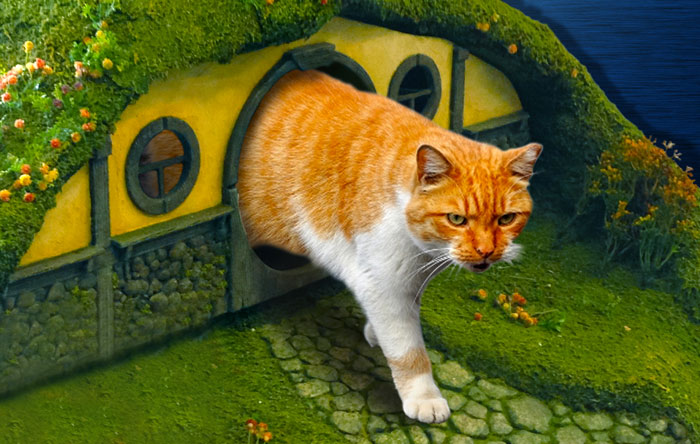
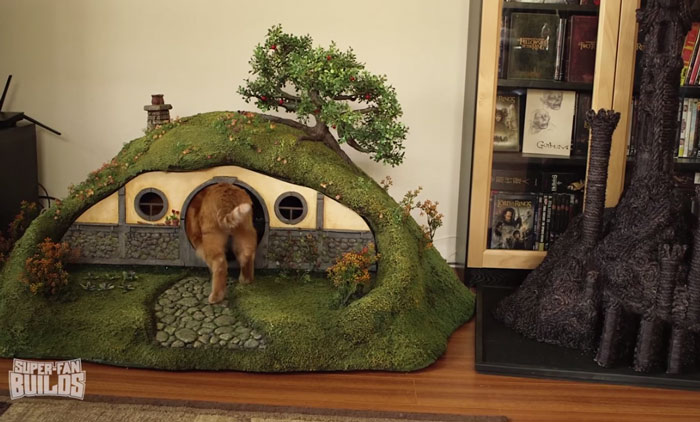
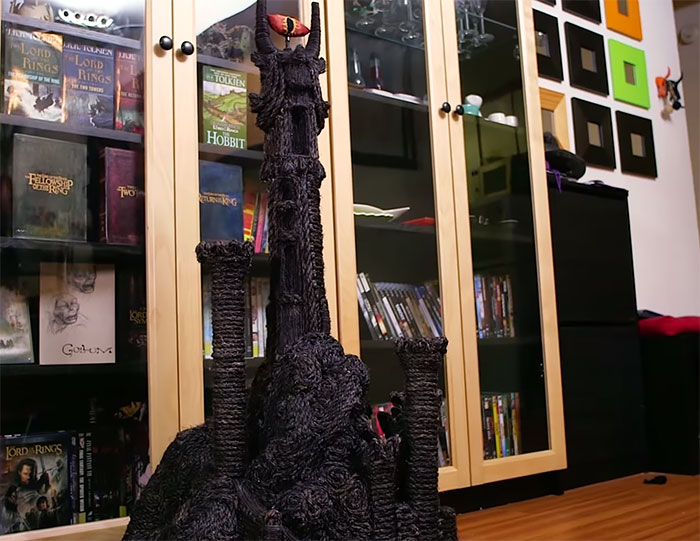
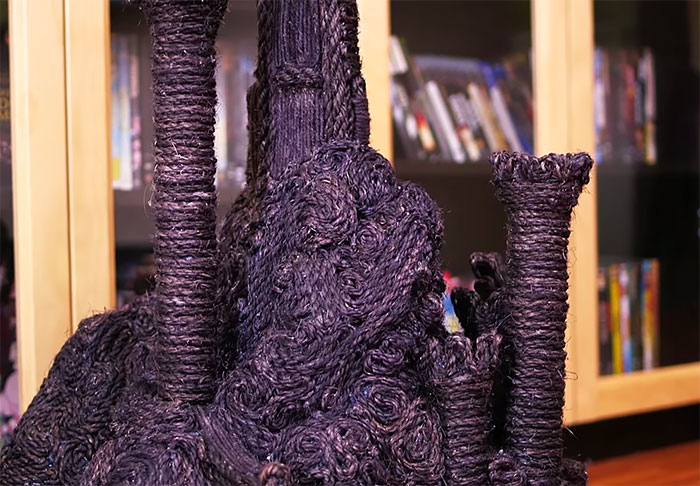
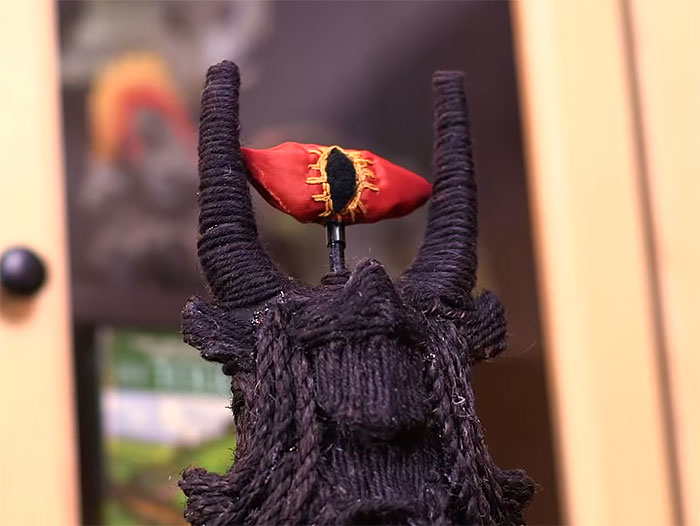
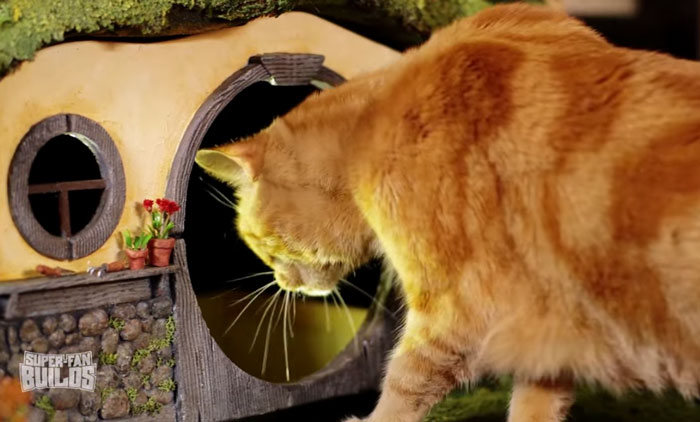

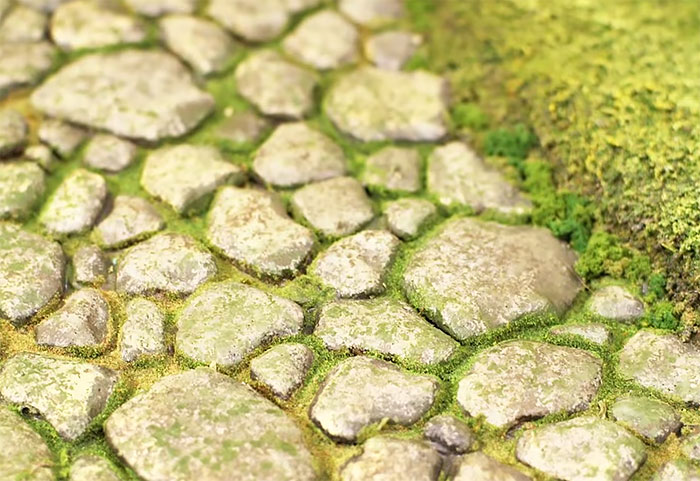
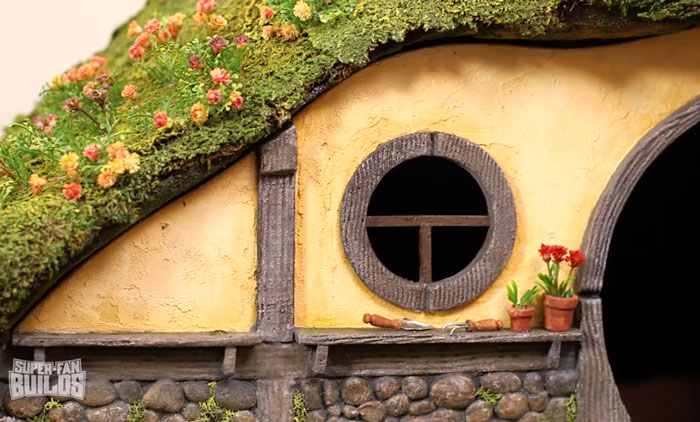
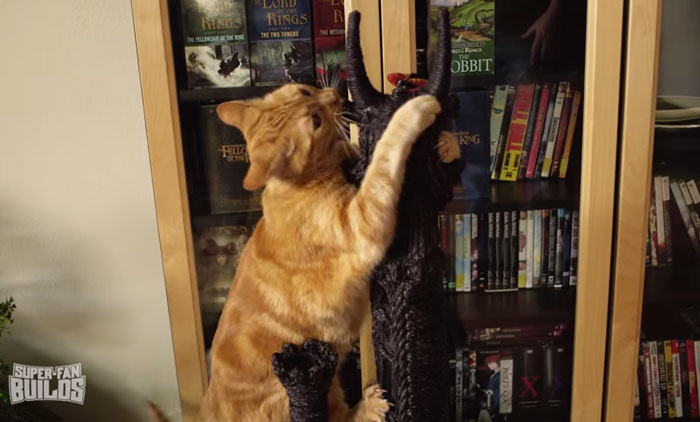
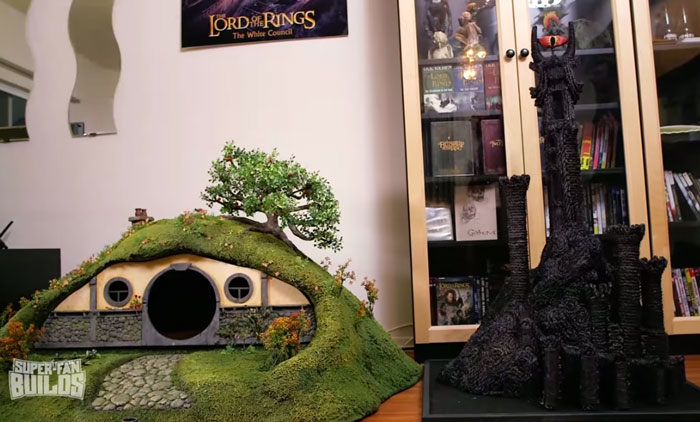
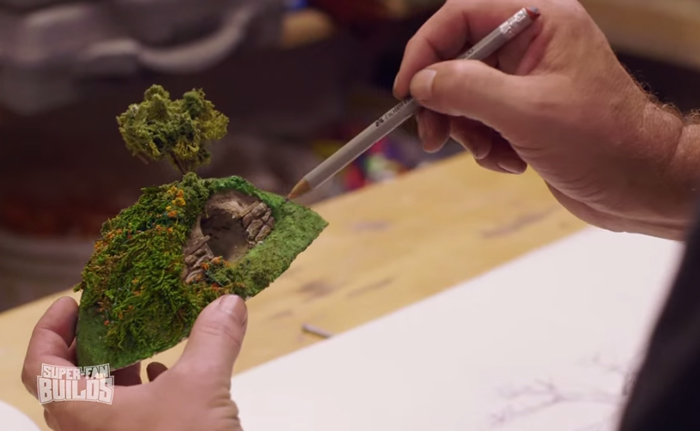
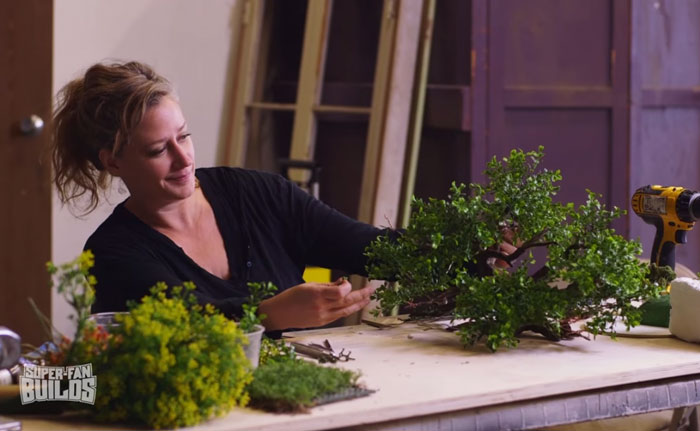
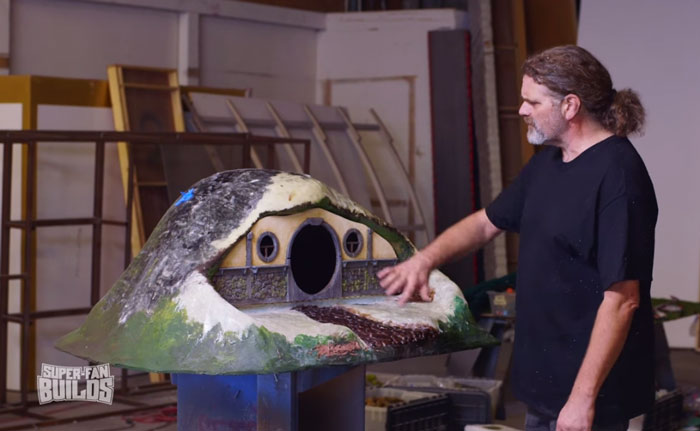
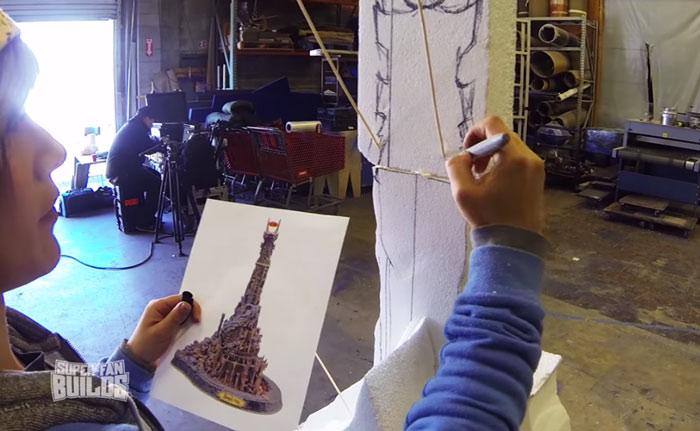
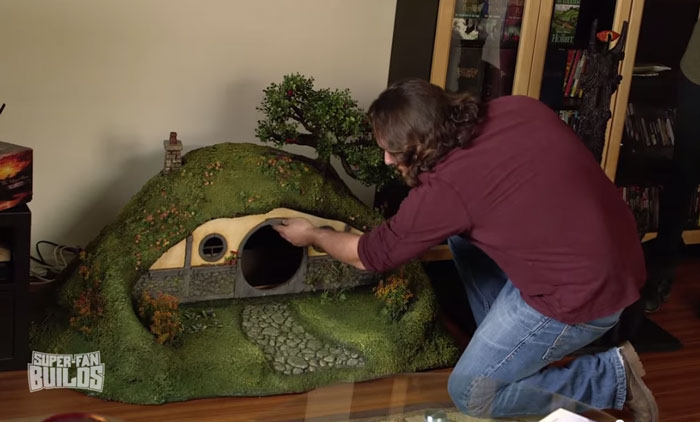

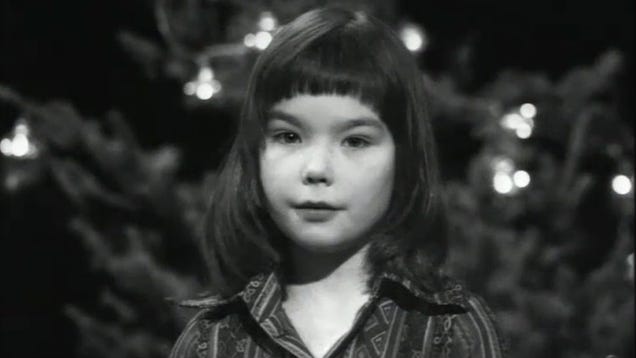










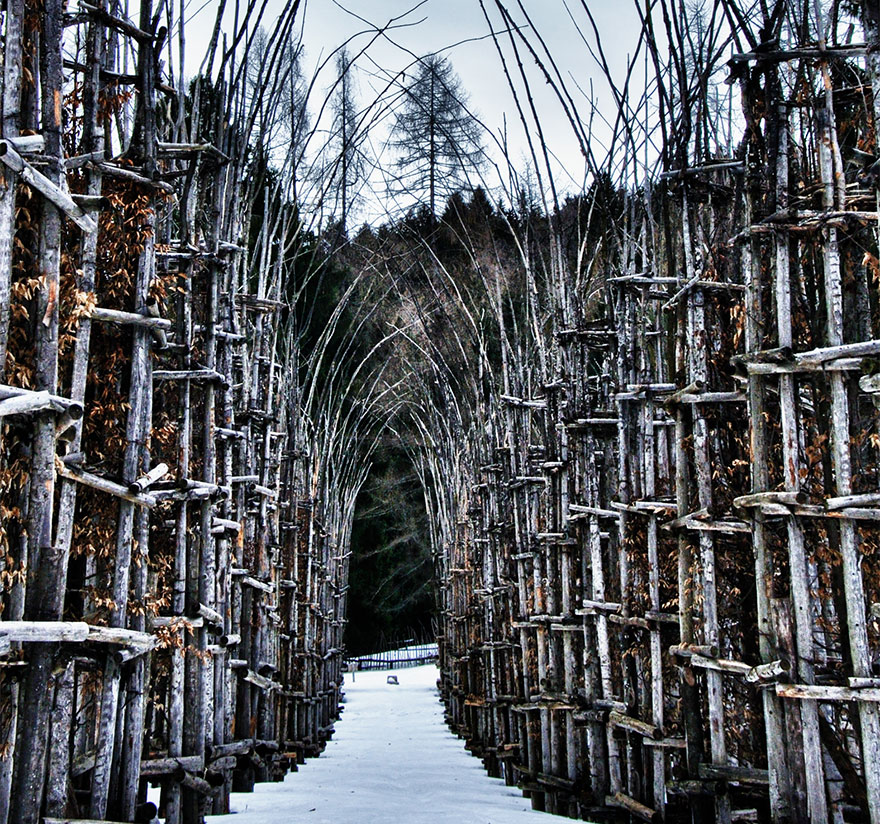



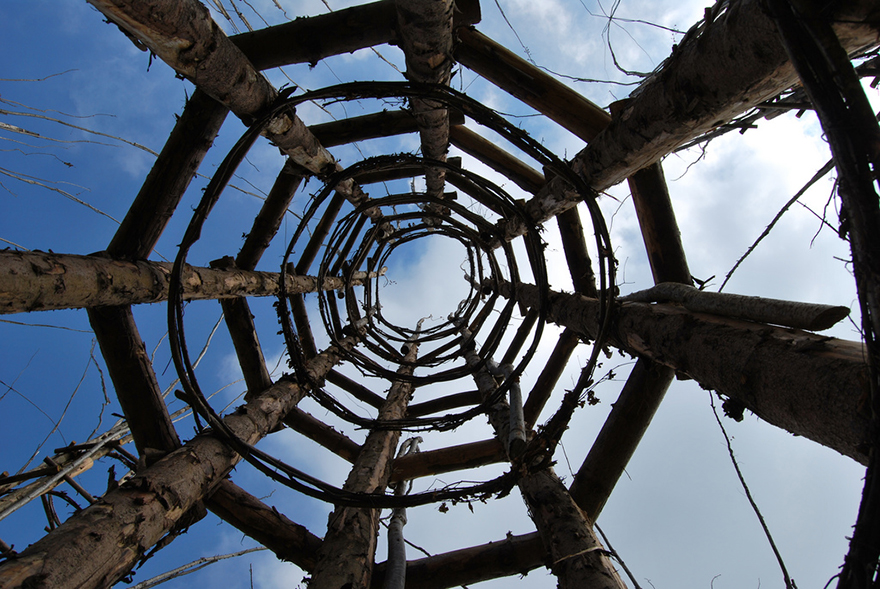





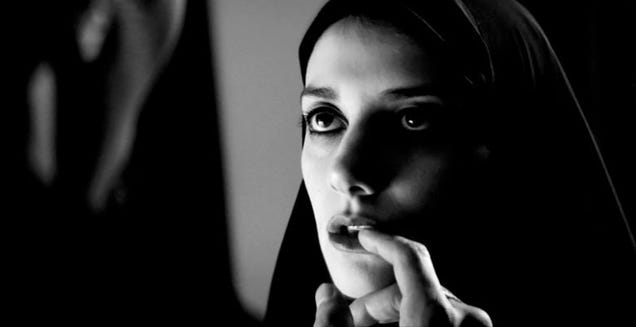







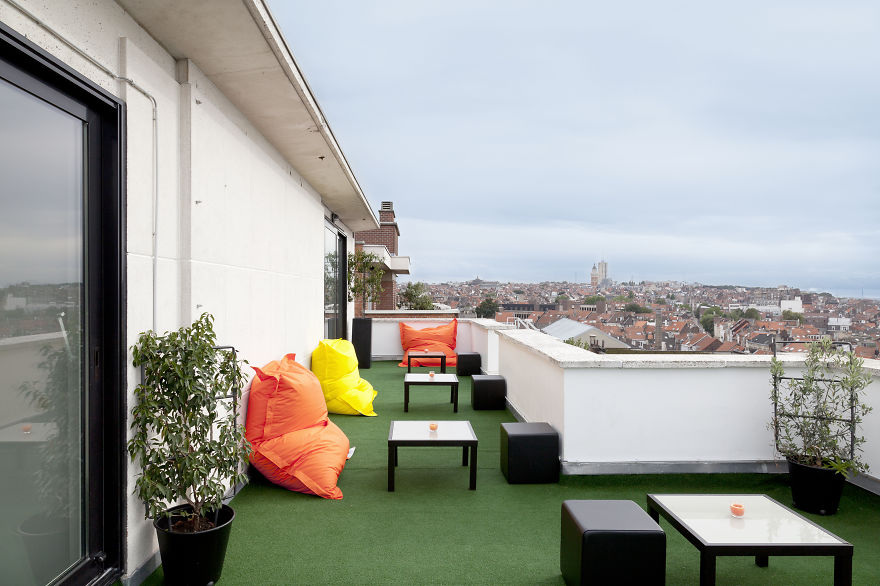









 Linda: “I shall speak about women’s writing: about what it will do. Woman must write her self: must write about women and bring women to writing ... Woman must put herself into the text – as into the world and into history – by her own movement.” – Hélène Cixous,
Linda: “I shall speak about women’s writing: about what it will do. Woman must write her self: must write about women and bring women to writing ... Woman must put herself into the text – as into the world and into history – by her own movement.” – Hélène Cixous, 
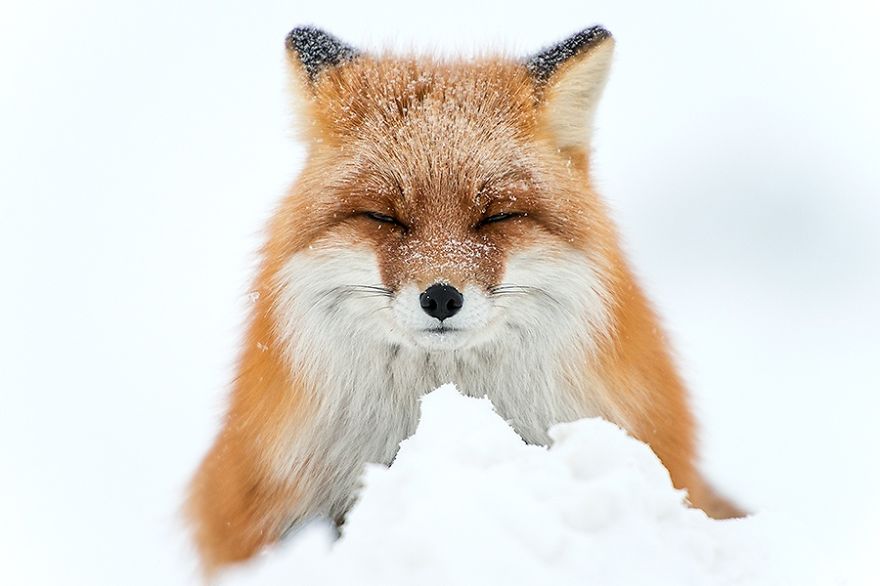
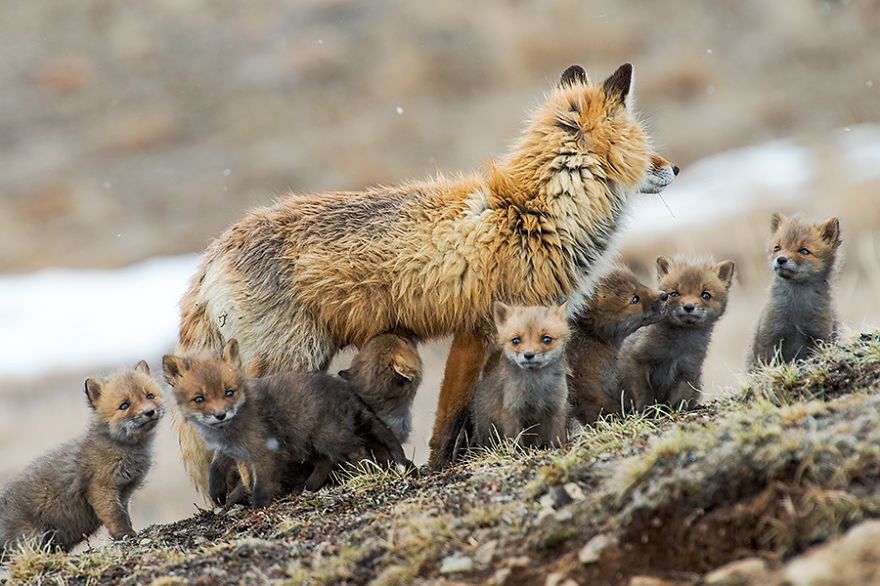
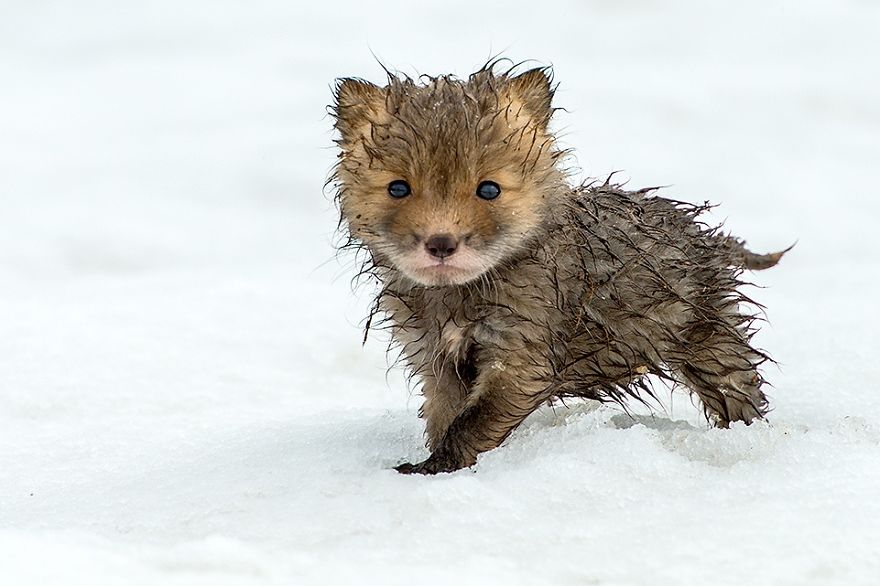
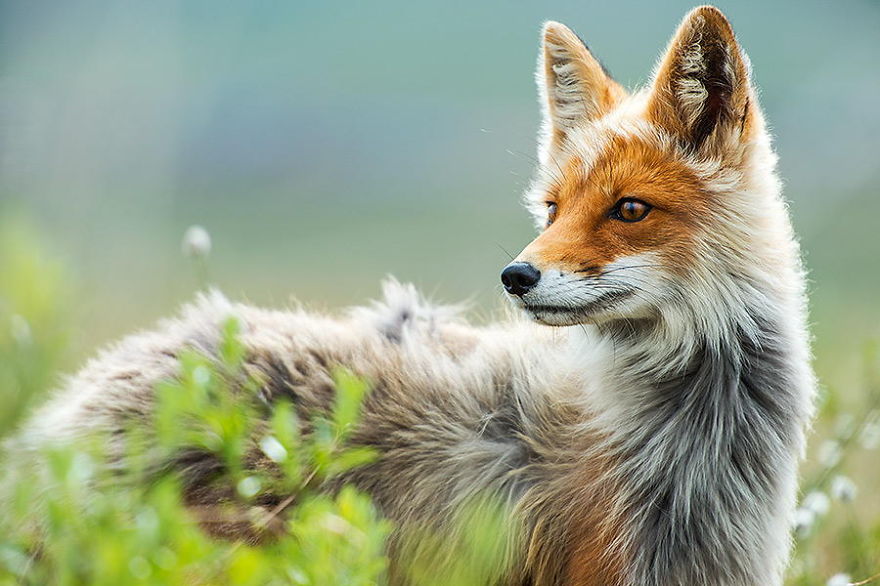
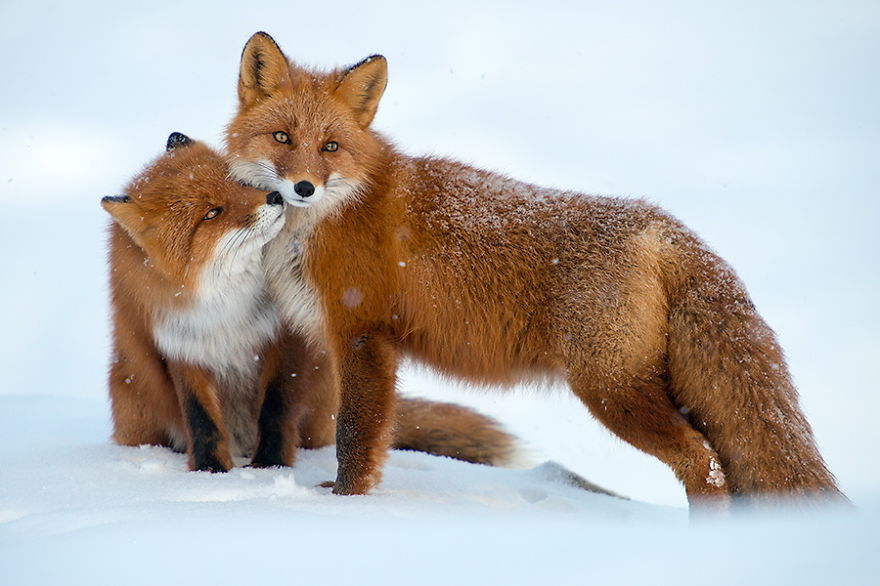
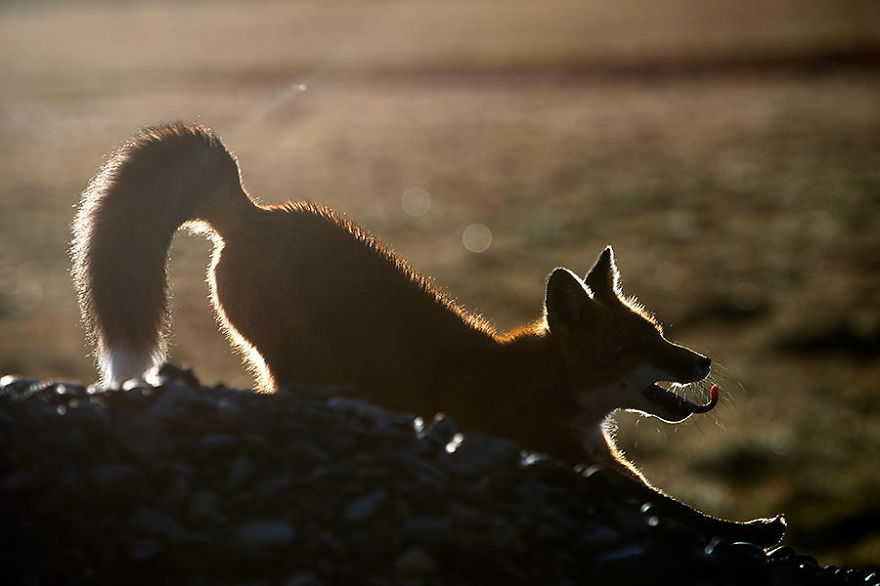
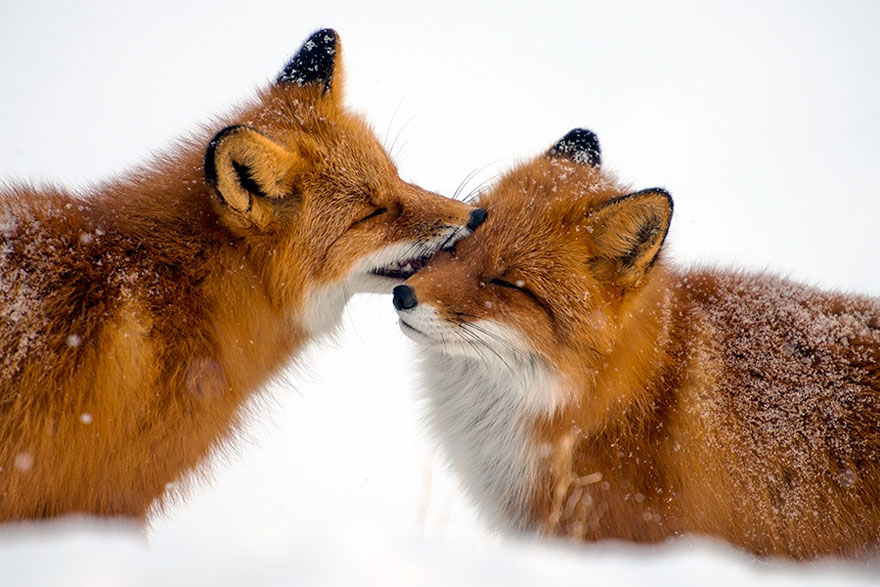
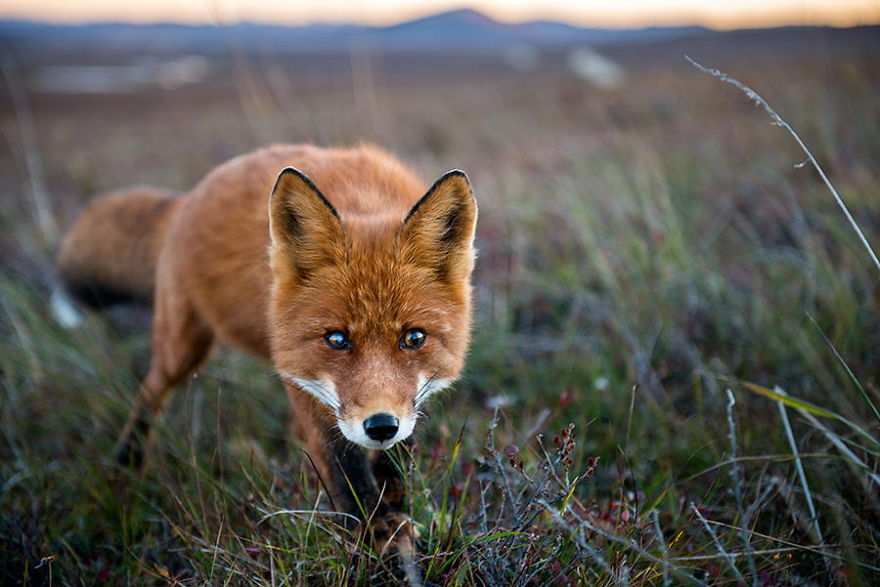
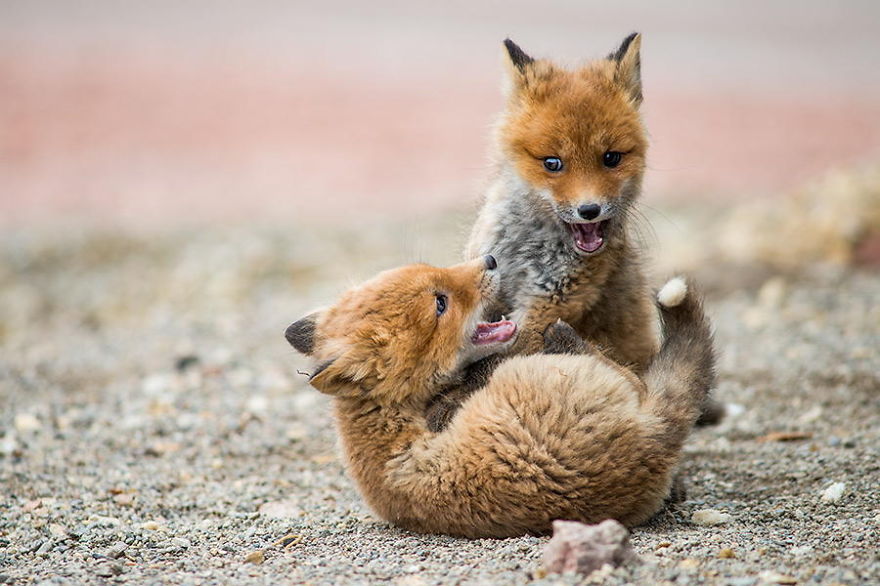
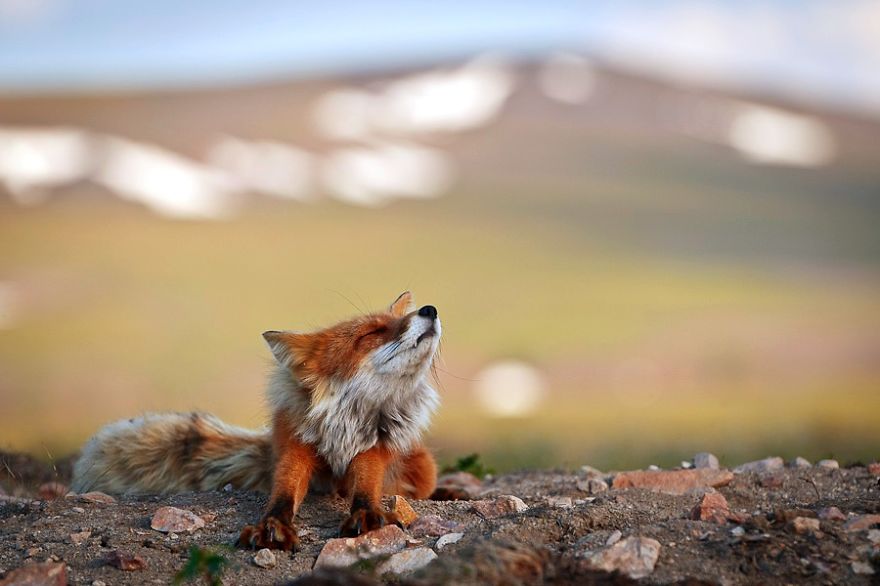
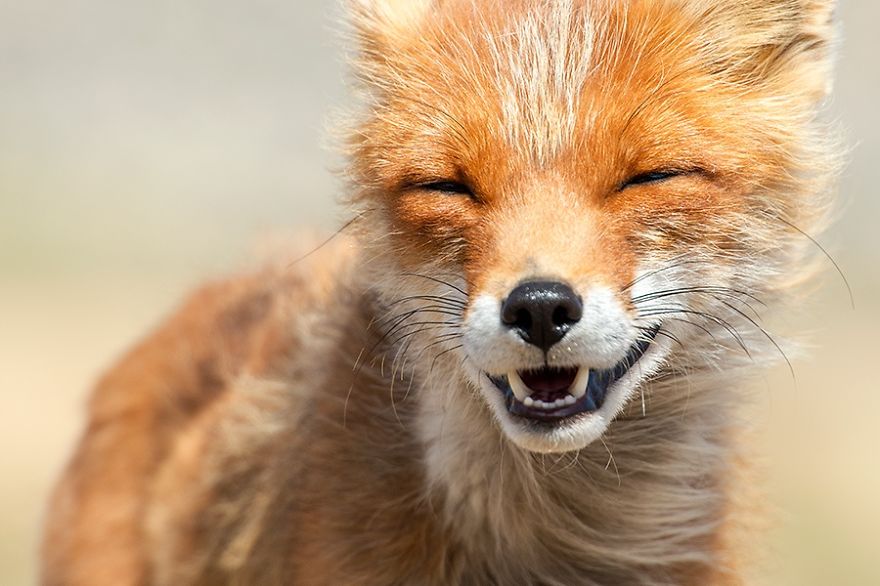
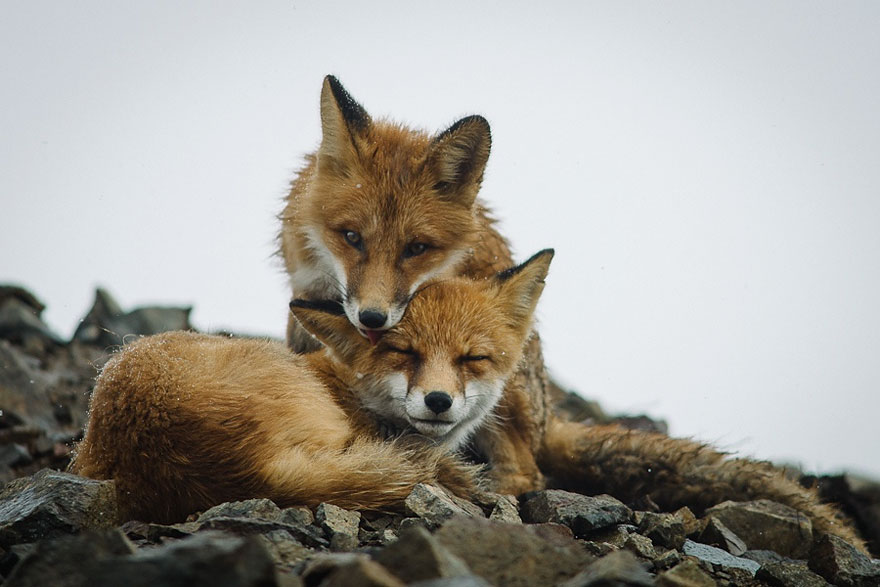
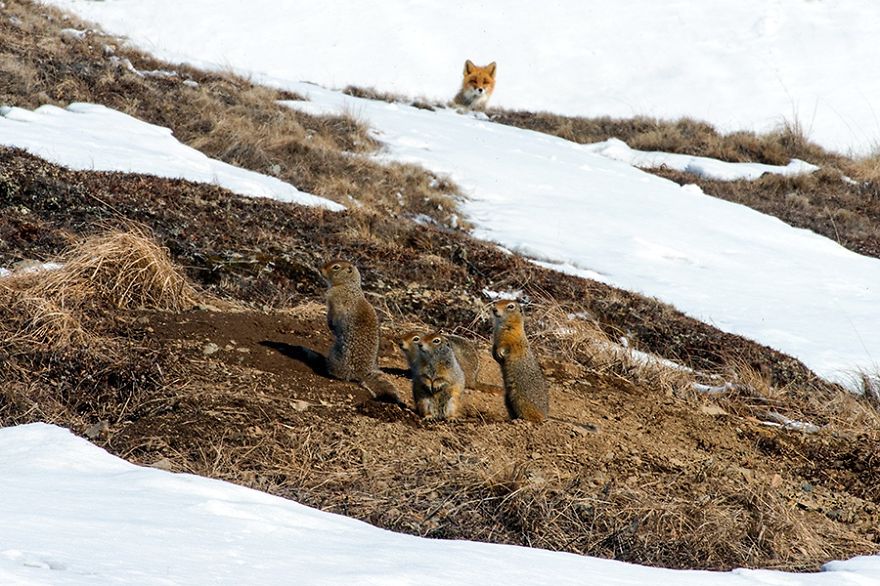
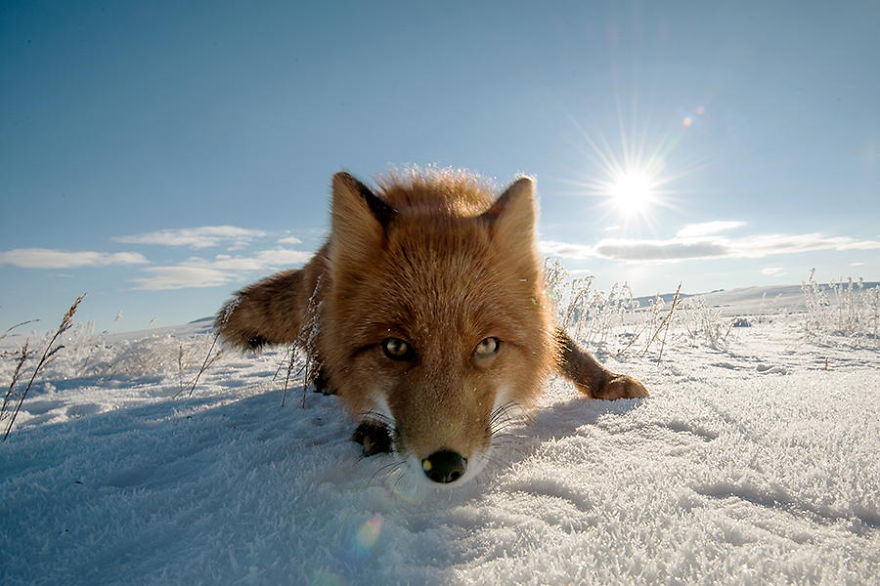
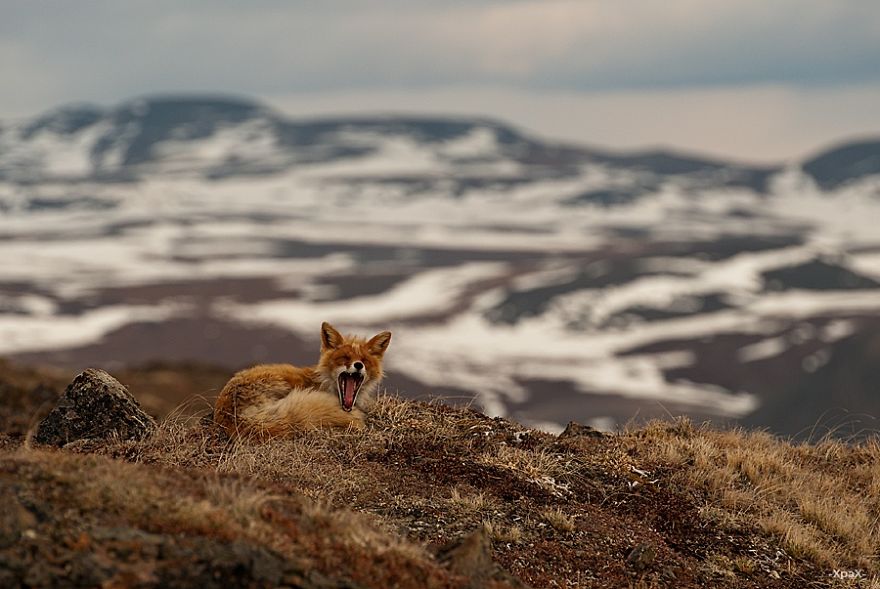
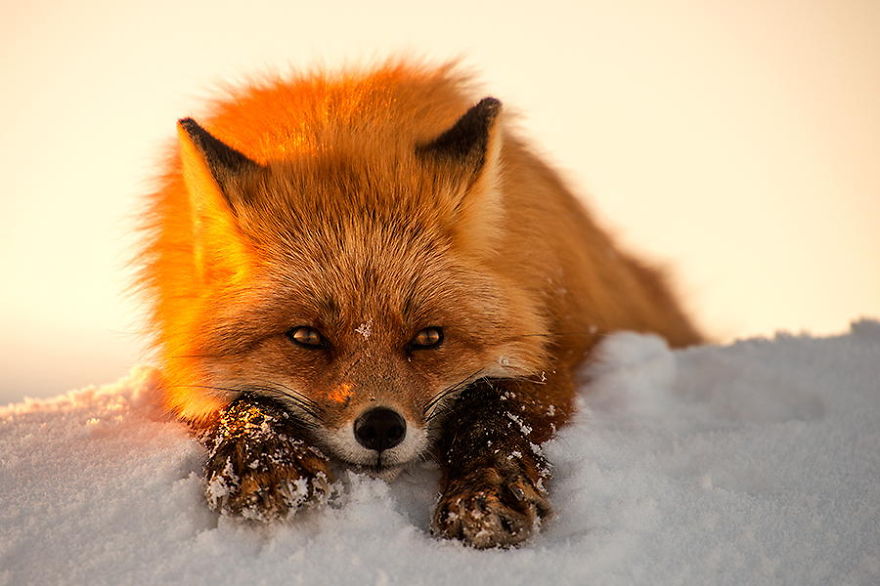
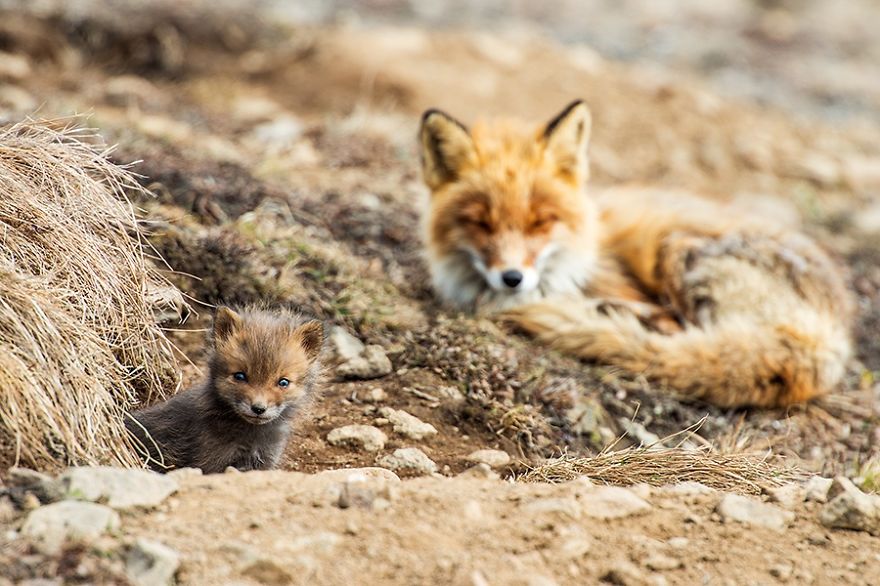
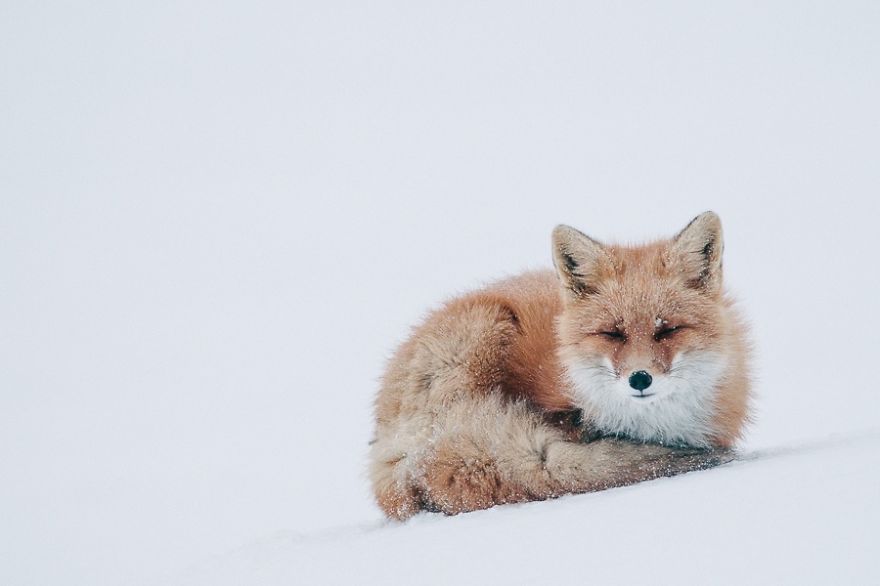


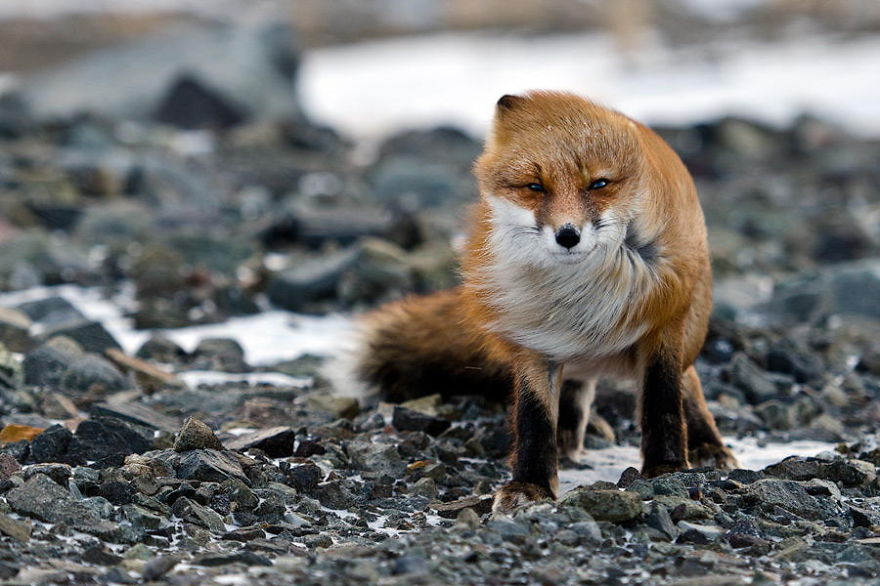
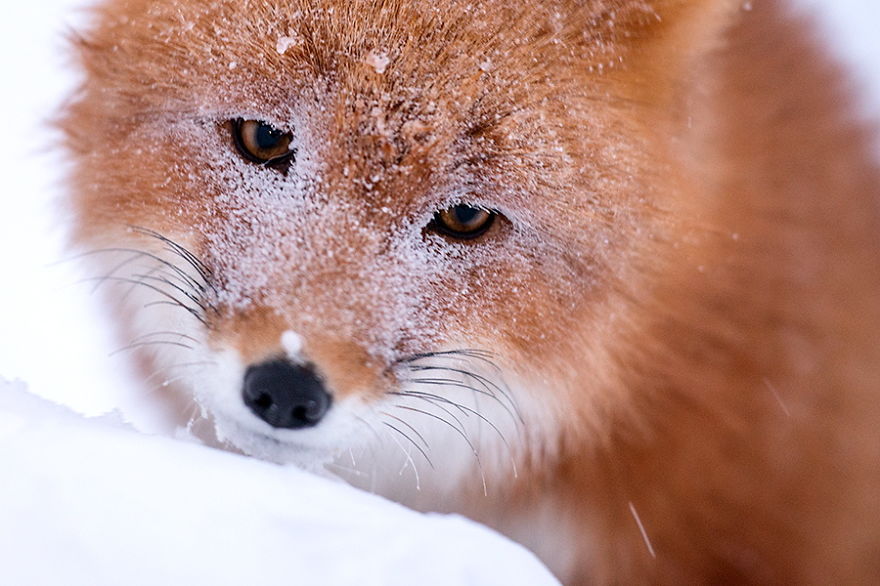
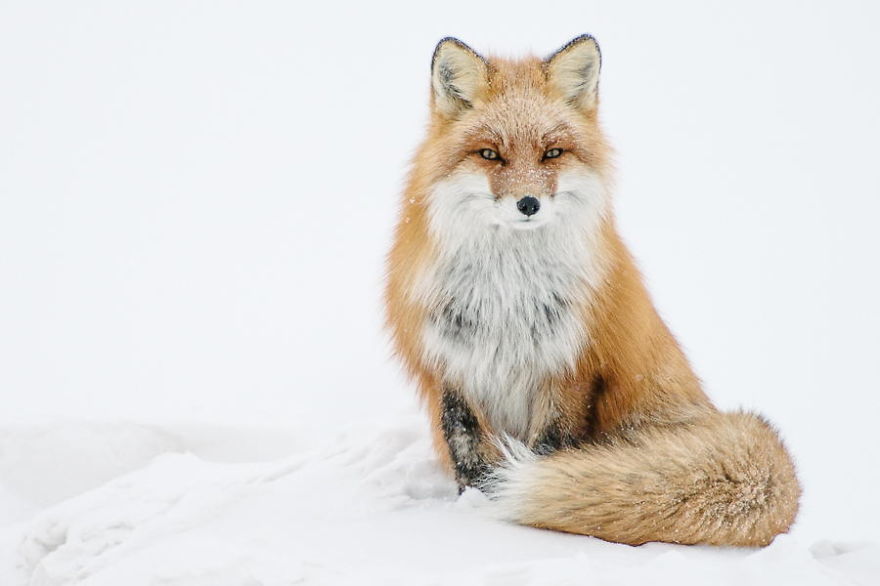
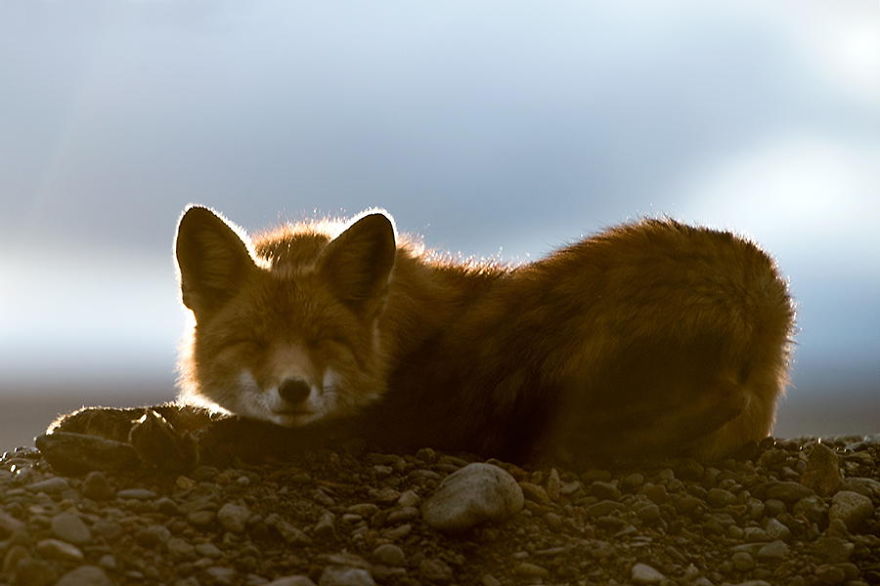
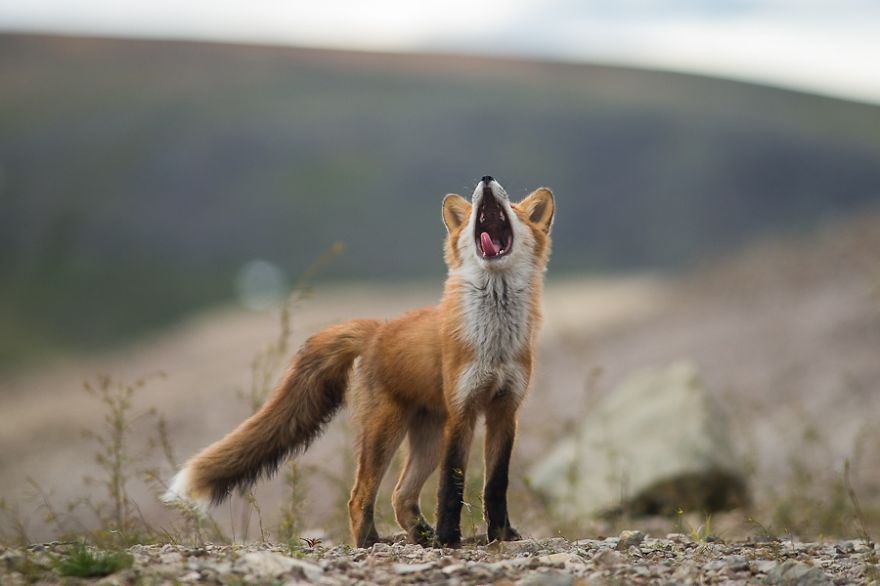
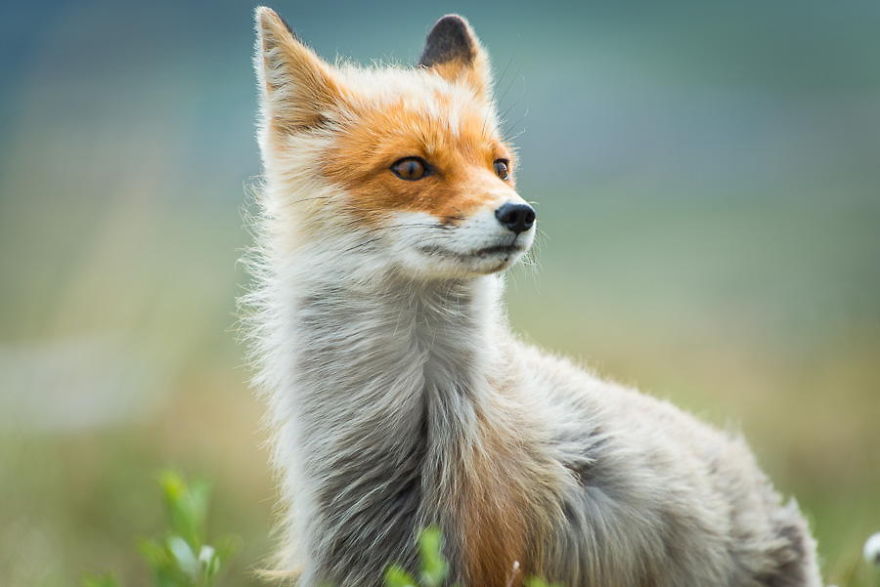
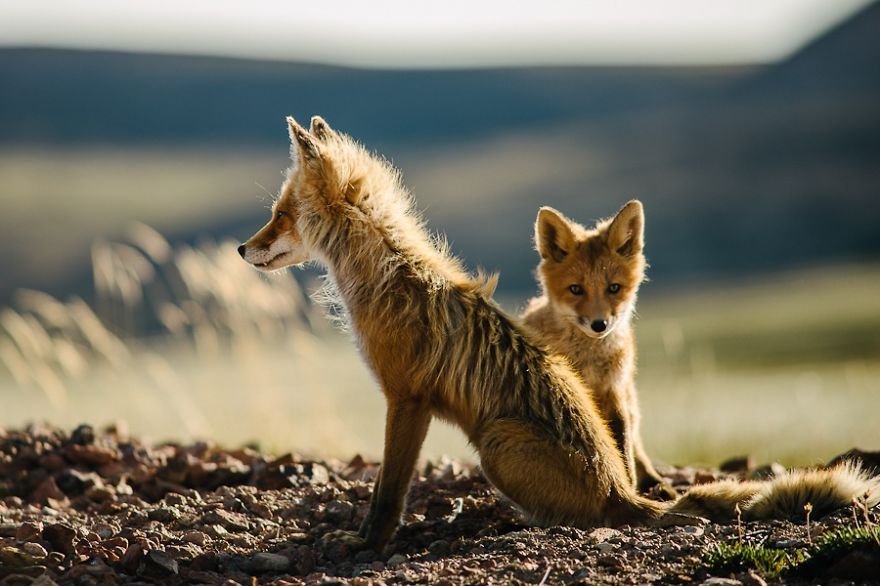
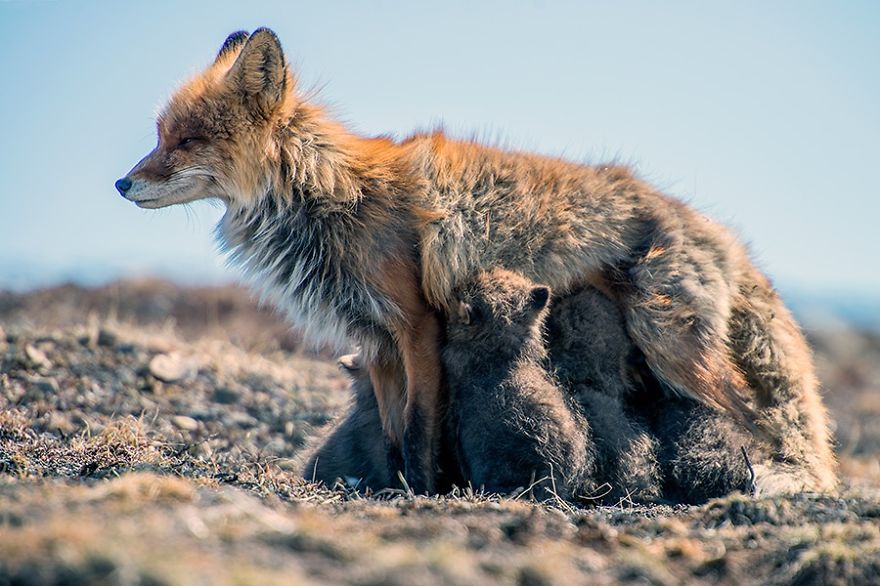
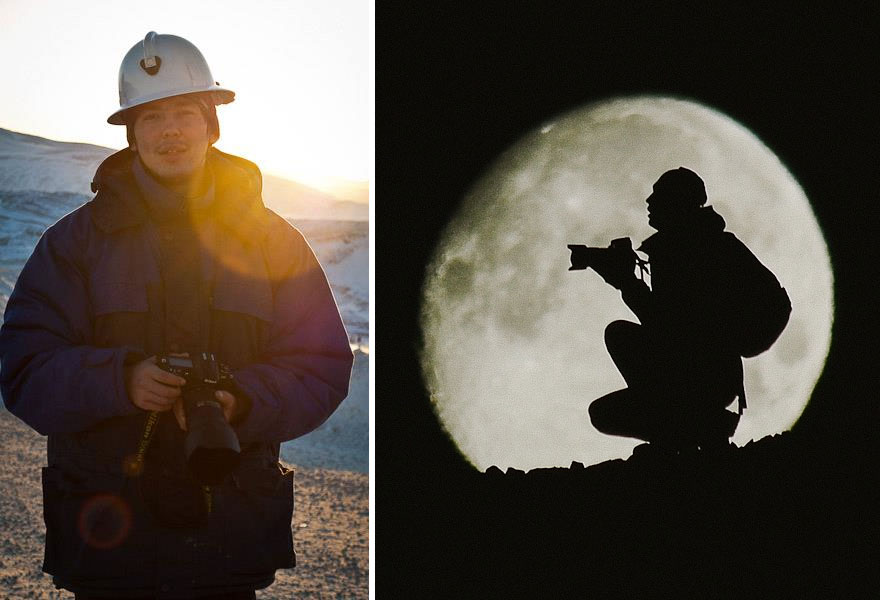
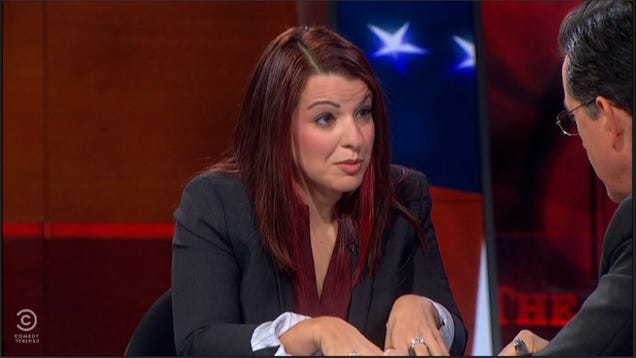


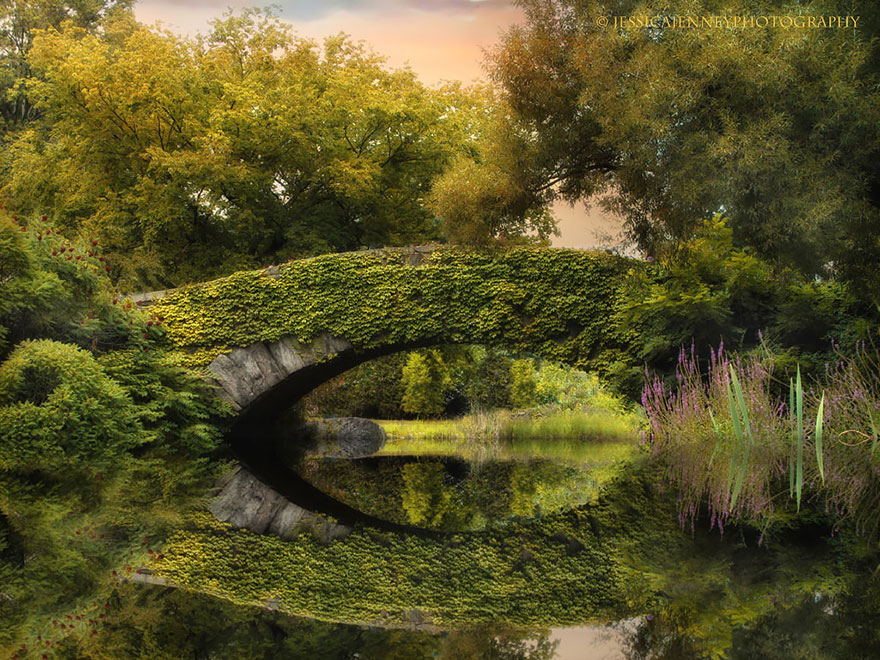
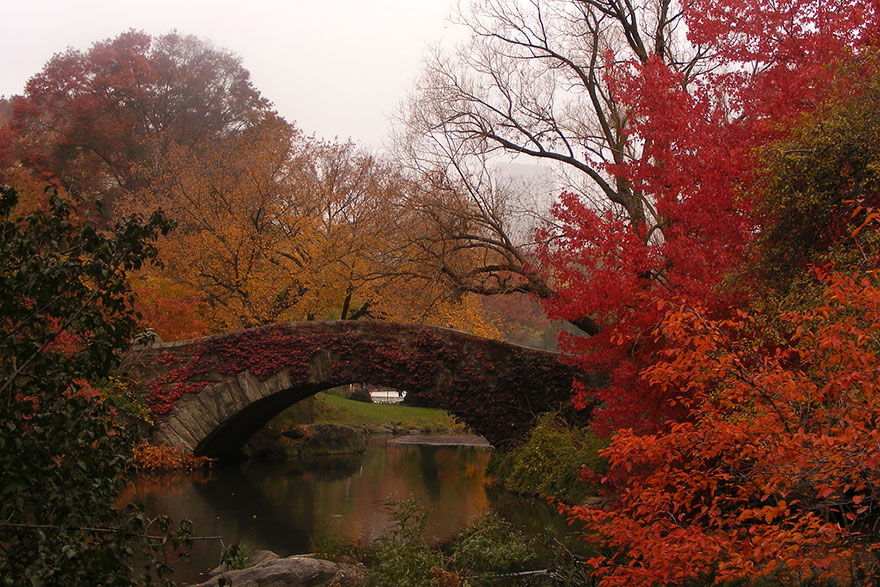

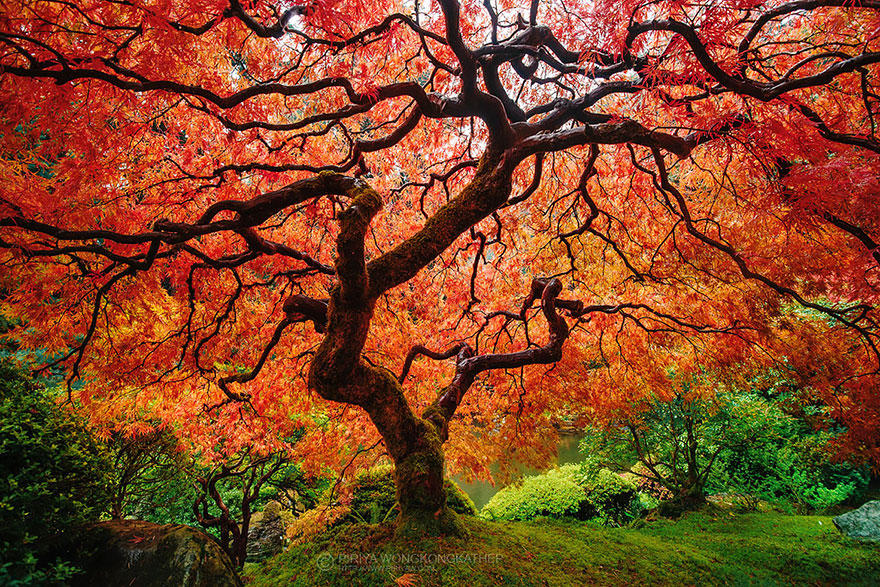
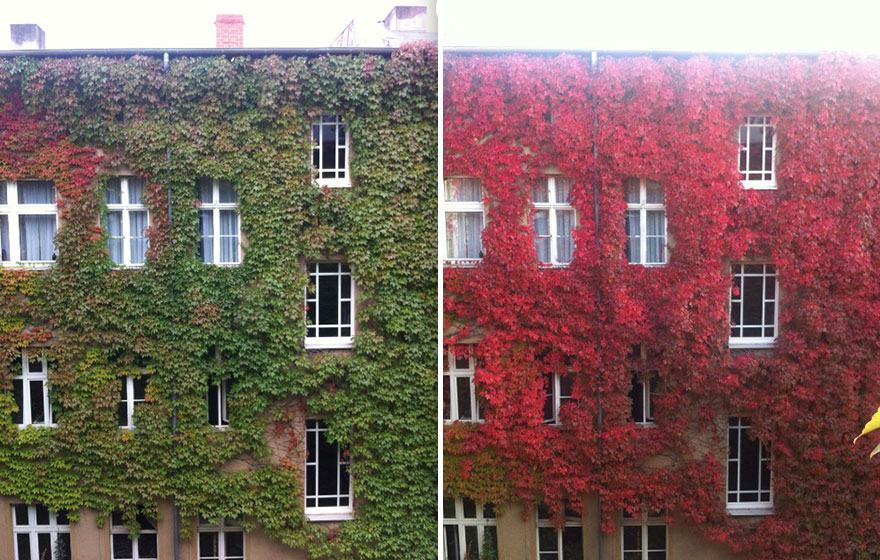
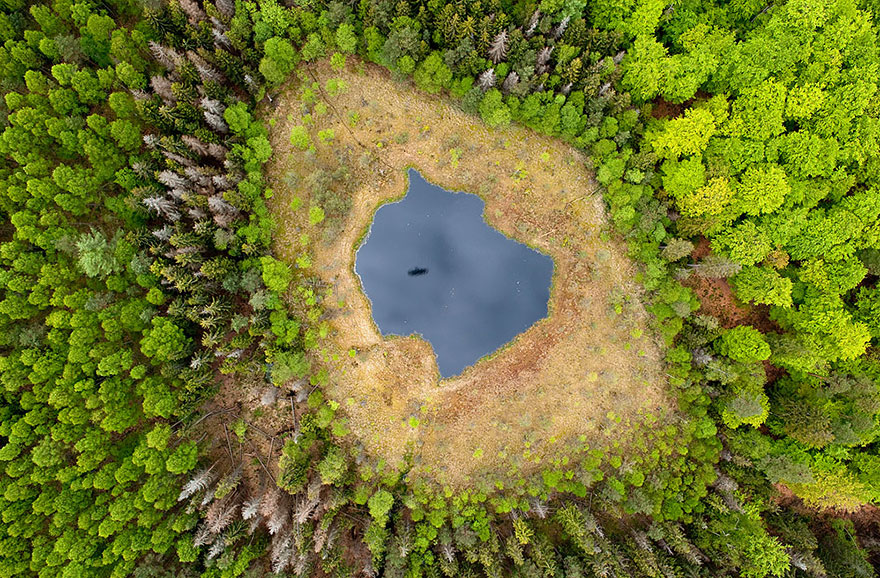
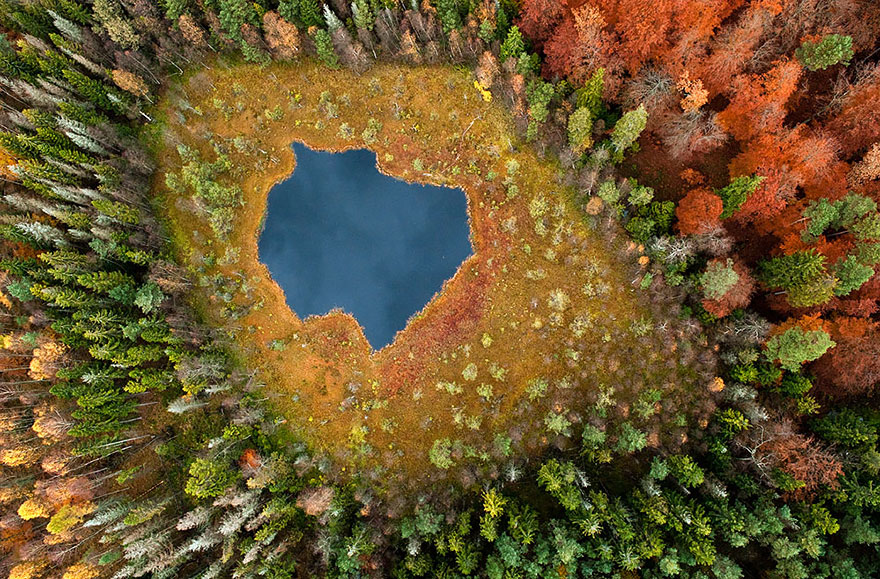

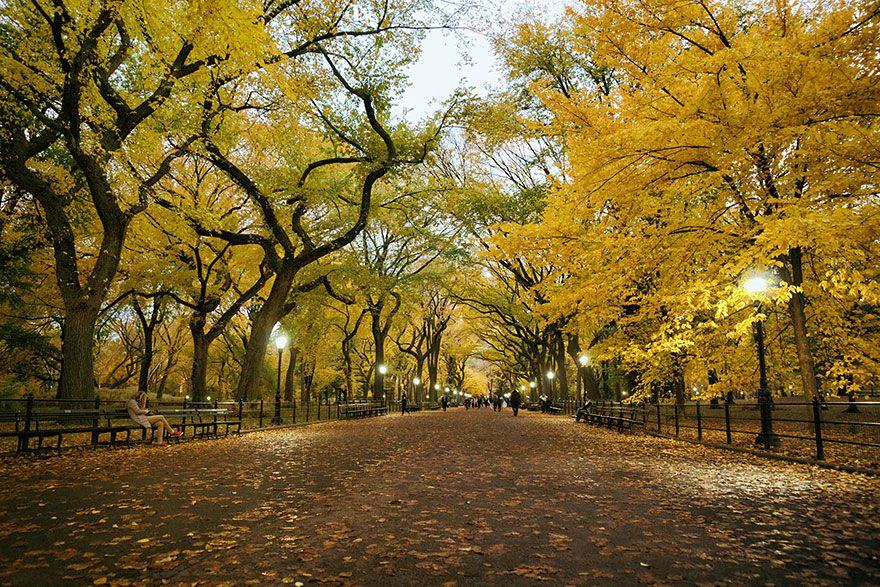

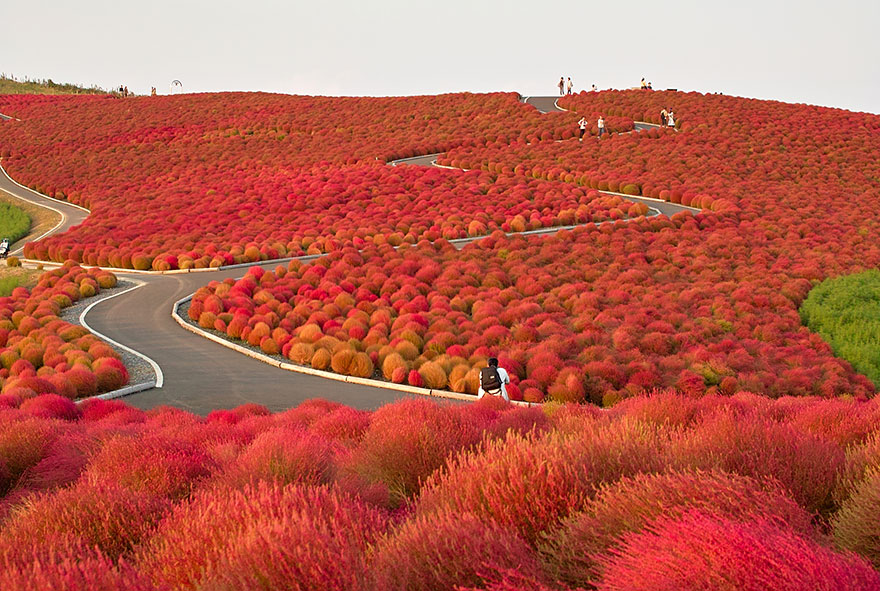






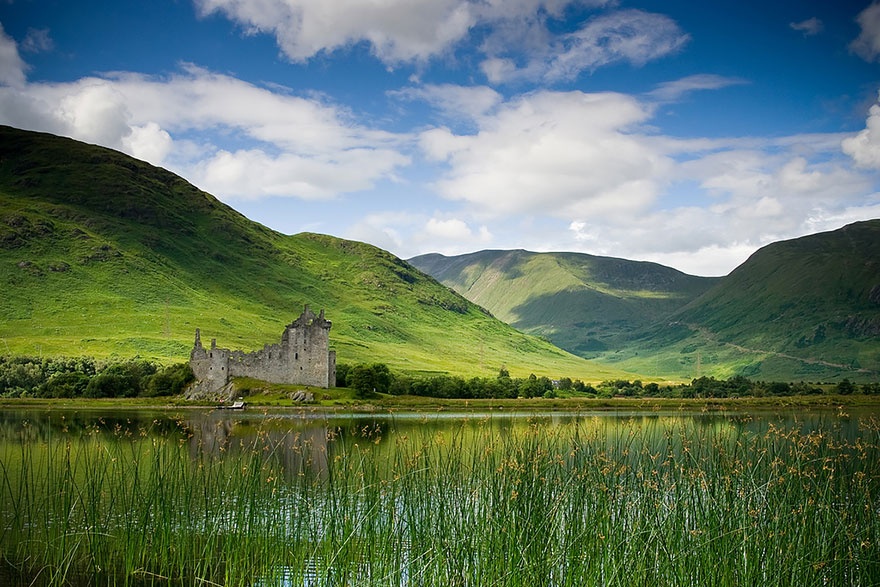
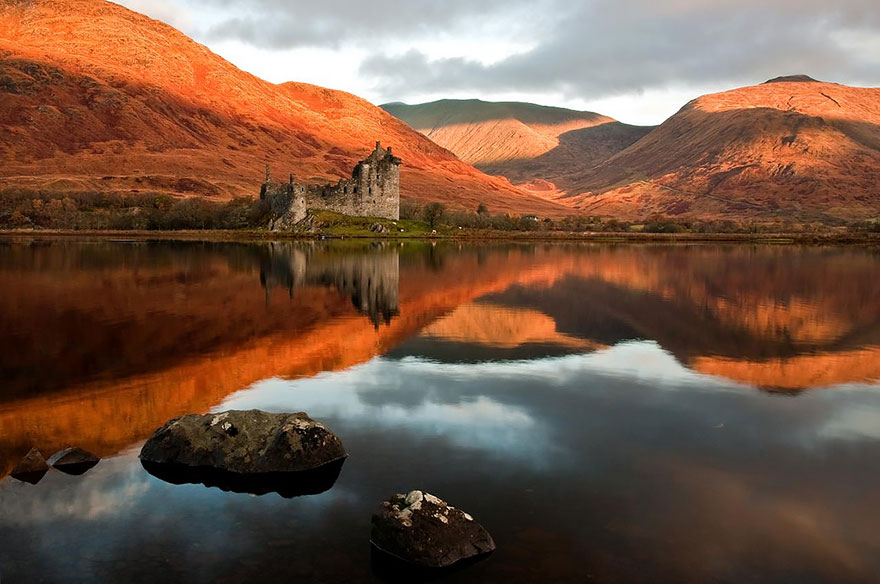
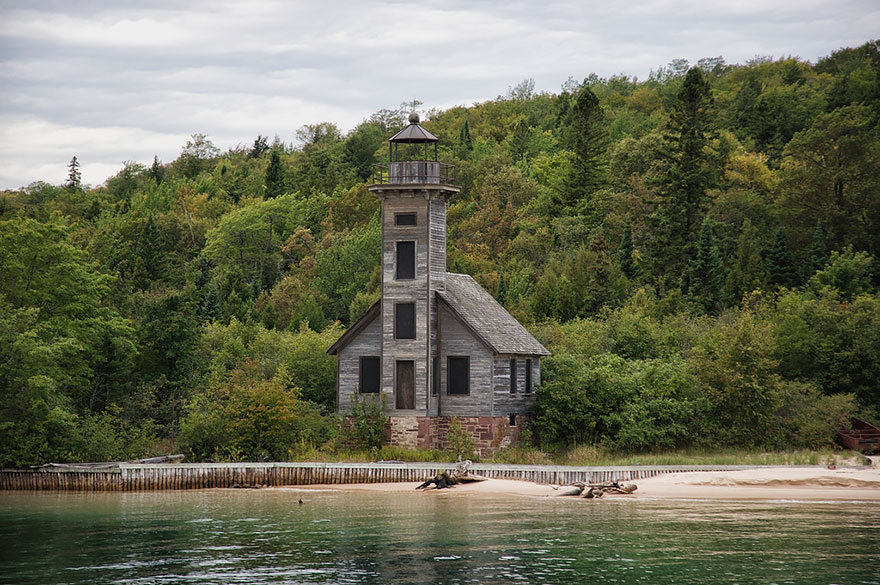
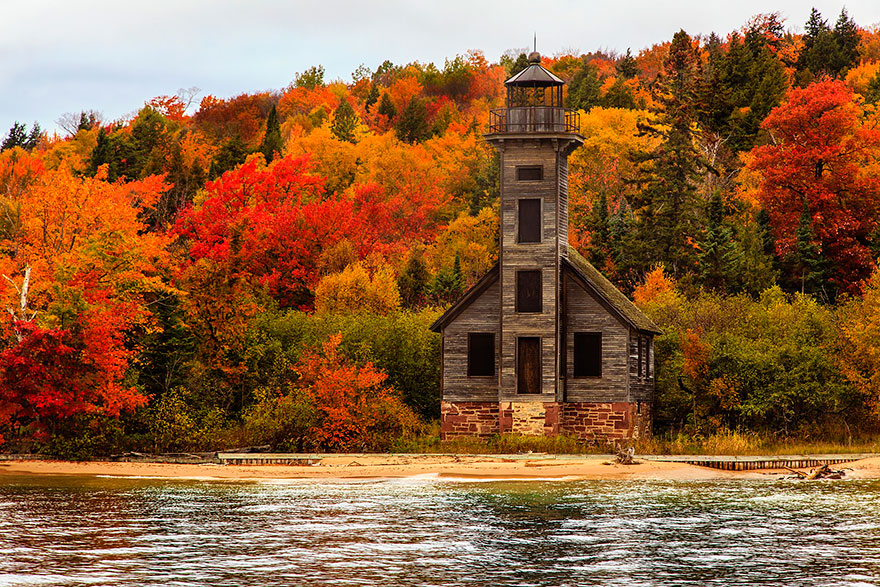
 Learning Python
Learning Python Programming Python
Programming Python Python for Data Analysis
Python for Data Analysis Learning PHP, MySQL, JavaScript, CSS & HTML5
Learning PHP, MySQL, JavaScript, CSS & HTML5  Clojure Cookbook
Clojure Cookbook Mastering Regular Expressions
Mastering Regular Expressions Becoming Functional
Becoming Functional Understanding Computation
Understanding Computation JavaScript: The Good Parts
JavaScript: The Good Parts Learning Java
Learning Java